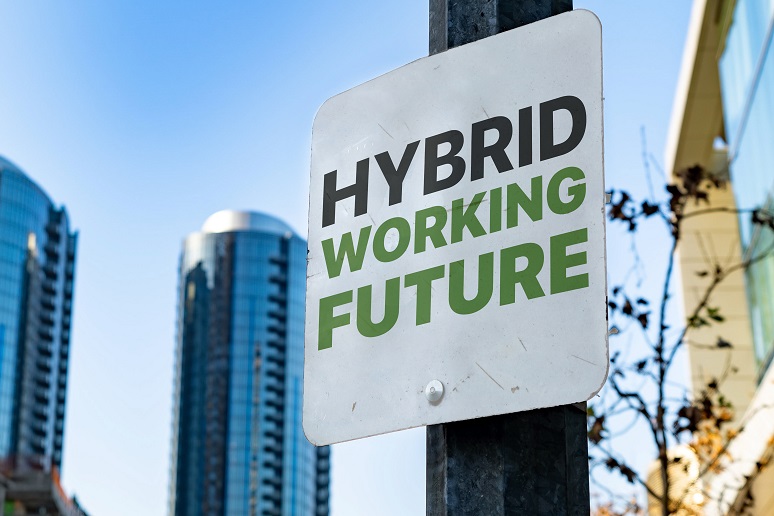When it comes to enabling the future of work, enterprise communication and collaboration professionals have their hands full. Not only are IT professionals responsible for finding the right tools to enable effortless communications and collaboration — deciding on what is ideal for a work-from-anywhere workforce — but they need to ensure that these decisions don’t inadvertently create new or replicate old workplace issues.
An example of an old workplace issue that needed to be permanently consigned to the past: Creating or perpetuating a divide between remote and in-office employees in a hybrid work model. Prior to the pandemic, many remote workers often had a subpar meeting experience in comparison to those who worked in the office, which typically had better video technology. The divide extended beyond technology: in-office employees would often receive promotions and raises at a higher rate than their remote counterparts, as a Harvard University economics professor noted in an Acorns + CNBC article.
Various technology vendors are finding ways to close the remote vs. in-office divide. For instance, vendors like Poly and others provide devices with intelligent framing of meeting speakers, and noise-cancellation capabilities that have become a staple of cloud video service can make sure their audio isn’t disrupted. Many enterprise leaders are also more acutely aware of the needs of all their users since the pandemic started, and they should be able to address these issues from the onset, taking into consideration pandemic lessons learned.
In addition to eliminating or preventing technology contributing to the remote/in-office divide will be paramount moving forward, IT departments will also need to continue to provide a robust remote work experience. Beth Schultz, VP of research and principal analyst for Metrigy and former editor at No Jitter, shared
five best practices for optimizing the work from home (WFH) experience. Having the right hardware and software is key, with Schultz suggesting enterprises upgrade WFH devices for their users and invest in new management tools to monitor the performance of devices.
In addition, Schultz noted that enterprises need to provide guidance in addition to funds and technology. For instance, out of 400 organizations that participated in a Metrigy study, 58% of them provided guidance on what Internet service provider to use, and 48% advised WFH employees on improving their home office layout, Schultz said.
The Great Resignation is looming large over the future of work, but it’s not the only factor at play. While some employees would have been familiar with a type of hybrid work (teleworking) in the past, “hybrid work 2.0” could be just as disruptive to the workforce, forcing many employees who are more comfortable (and productive) working from home into an office. This isn’t to discount the benefits of in-person collaboration; it’s just to highlight the challenge many enterprise leaders will face, or have already faced, as they embrace the future of work.
To read the latest articles published on our sister website WorkSpace Connect in their entirety, please click the links below:










